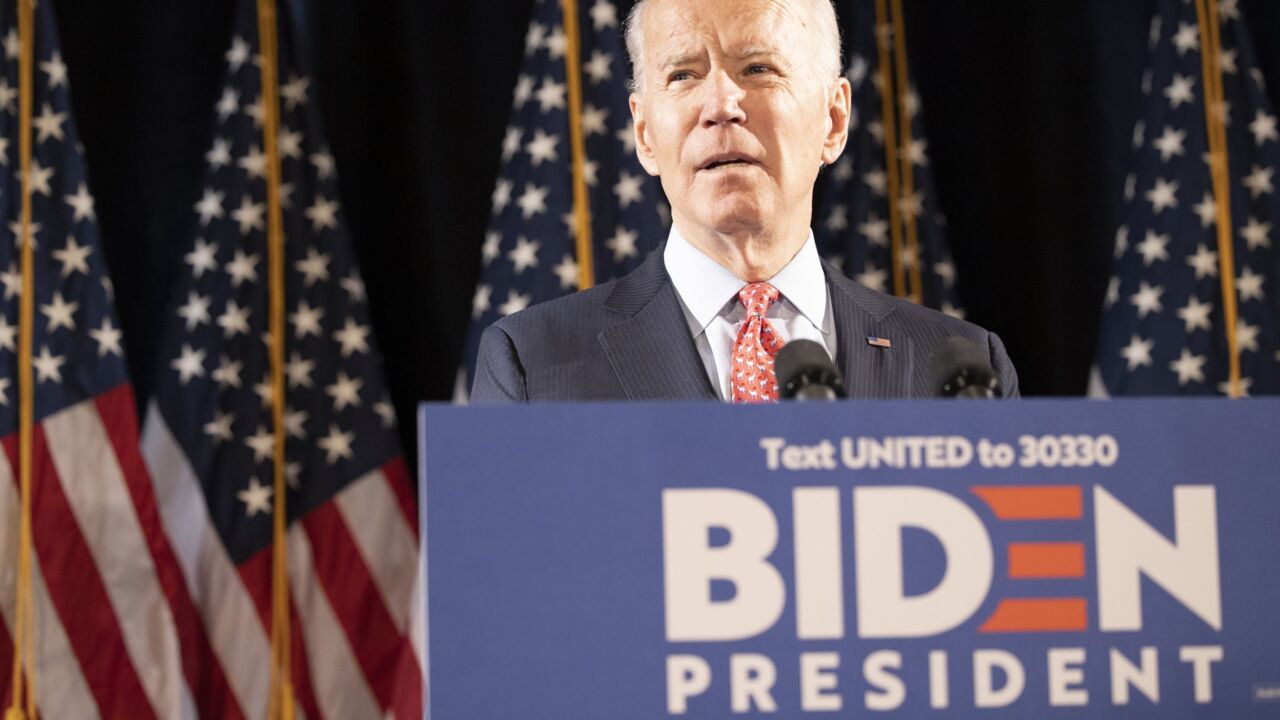More is the new less: Even if lawmakers decide not to raise taxes to bankroll the Biden administration’s climate and social spending plan, you may still end up paying more money to the IRS for this year.
A combination of rising wages and inflation threatens to elbow some taxpayers into higher tax brackets this year, which means they would owe more to Uncle Sam come 2023’s filing season. And that’s before any potential tax increases proposed in the $1.8 trillion Build Back Better bill, now the subject of wrangling in the Senate.

“Taxpayers who are doing well in their careers, making more money and those who benefit from cost-of-living adjustments that match inflation could unknowingly be pushed into a higher tax bracket for 2022, resulting in a higher tax bill” when they file their federal returns in April 2023, said Sandi Bragar, managing director in planning strategy and research at wealth management firm Aspiriant in San Francisco.
As the pandemic economy struggles with labor shortages even though unemployment remains high, U.S. businesses plan to boost wages by 3.9% in 2022,
But more money can actually be less money. “Real” wages, which account for the corrosive effects of inflation (and, for rank-and-file workers, reduced work hours due to the pandemic), dipped 1.9% over November 2020 to November 2021, according to Bureau of Labor statistics data. Top earners in high-flying careers can be particularly susceptible to the twin threat of inflation and higher income.
"Even if inflation never reaches the double-digit inflation rates of the 1970s, investors still need to think about the eroding effects it has on their nest egg and legacy goals over the long haul,” said Philip Herzberg, a Miami-based certified financial planner and lead financial advisor at Team Hewins, a fee-only wealth management firm.
The pandemic and strong but volatile stock market triggered many investing biases.
With inflation at its highest level in nearly 40 years — prices for consumer goods
Bracket creep
Economists use the term “bracket creep” to describe situations in which income and inflation rise but tax brackets stay put. Because inflation reduces the purchasing power of after-tax income, people can essentially earn higher salaries but also pay more to the IRS, all while having less money to spend.
The Internal Revenue Code’s “progressive” system taxes chunks of income at specific rates, with brackets delineating the amount of income subject to a given rate. Once a person’s income rises above a bracket’s threshold, the amount over is taxed at the next bracket’s rate. The overall percentage of income paid to the I.R.S. is called the effective rate, while the rate on income over a given threshold, a smaller bucket, is known as the marginal rate.
Each year, the I.R.S.
Last November, as inflation worries intensified, the IRS also adjusted the nation’s core seven tax brackets upward by 3.1%. When brackets are increased, many people can take home more after-tax dollars. This year,
But even when federal brackets are stretched upward, higher tax bills can materialize.
How? Because other provisions in the tax code aren’t adjusted for inflation. Take the amount of money that homeowners can exclude from capital gains tax when selling their residence — $250,000 for individuals and twice that for couples. Those amounts have been in place
“Folks affected by tax-related provisions that are not indexed for inflation will suffer more from loss of purchasing power during a period of higher inflation as those benefits erode faster,” Herzberg said.
Over the past 12 months, the financial services industry has tried to confront its diversity issues while at the same time delivering stark reminders of how much work still needs to be done.
On another front, 15 states (plus the District of Columbia), including Connecticut, New Jersey, New York and Virginia, don’t follow the federal government in adjusting brackets for inflation,
Bigger tax bills aside, higher tax rates may be on the horizon. The Senate
What can investors do? Bragar said they might contribute more pre-tax dollars to a retirement plan, up to its contribution limits, or generate deductions by lumping together charitable gifts. Also, she added, “keep an eye on what’s happening with proposed tax legislation changes.”
--To receive free CE credit for reading this piece, please see







